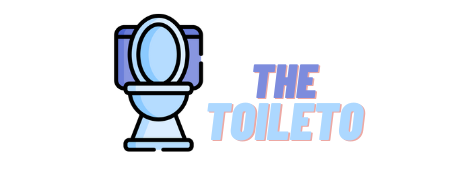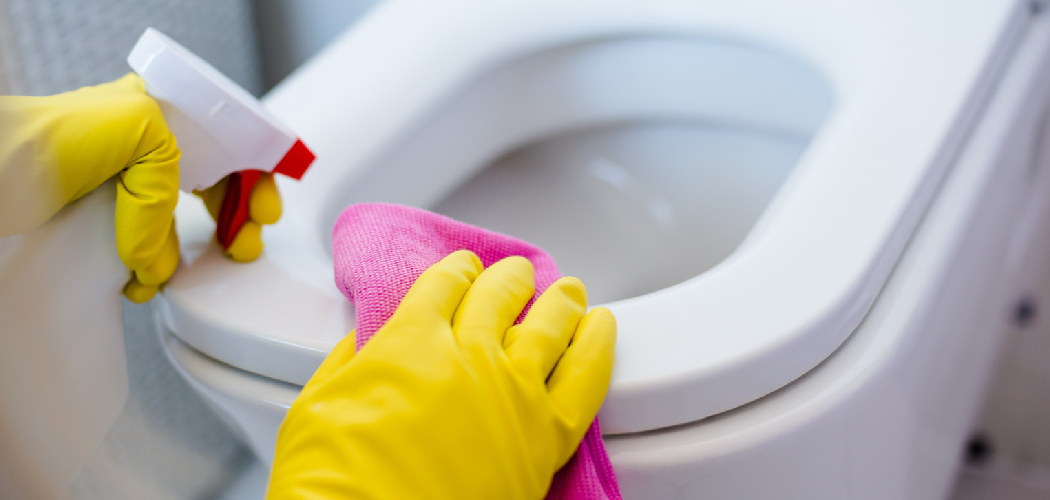Maintaining a fully functional and sanitary bathroom is essential to keeping toilet drains clean. Blocked drains can lead to troublesome clogs, unpleasant odors, and even costly plumbing repairs if left unaddressed. Common causes of drain blockages include the buildup of waste, excessive or non-flushable paper products, and other debris accumulating over time.
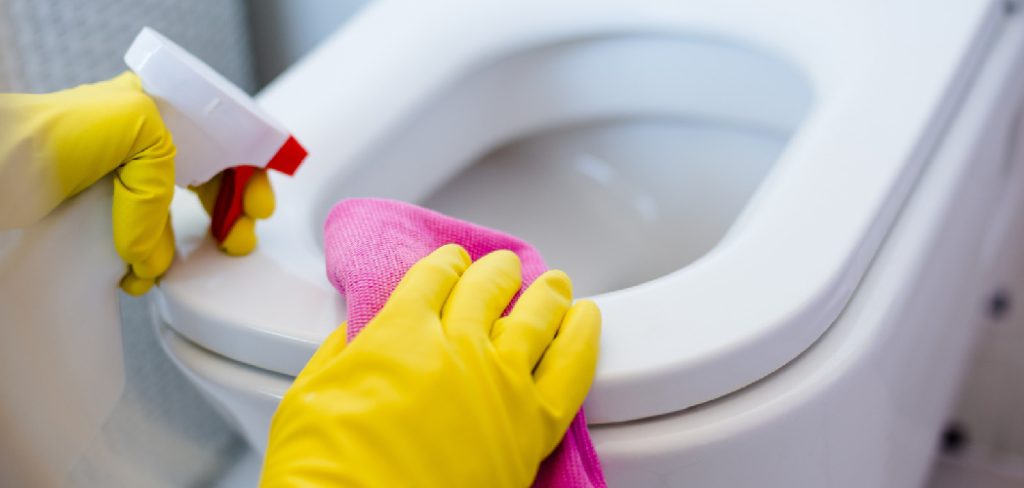
You can avoid these issues by taking proactive steps and ensuring your plumbing system works efficiently. This article serves as a comprehensive guide on how to clean toilet drains, exploring safe and effective DIY methods alongside professional insights. With proper maintenance and the right techniques, you can keep your toilet drains clear, avoid interruptions to your daily routine, and extend the longevity of your plumbing. Read on to discover practical tips and preventative strategies for a cleaner, healthier home environment.
Signs That Your Toilet Drain Needs Cleaning
Recognizing early signs of a blocked toilet drain can save you from extensive repairs and inconvenience. Here are some common indicators that your toilet drain may need cleaning:
Slow Flushing
One of the first signs of a problem is water draining more slowly than usual after flushing. This often indicates a partial blockage in the drain, where waste and debris restrict the water flow. If left untreated, the blockage can worsen, eventually resulting in a completely clogged toilet.
Unpleasant Odors
Foul smells emanating from your toilet can be another warning sign. These odors occur when waste or stagnant water becomes trapped within the drain, creating an environment for bacteria and unpleasant gases to form. Persistent odors should not be ignored, as they may signal a significant obstruction in your plumbing system.
Recurring Clogs
If you find yourself constantly dealing with toilet clogs despite proper usage, it’s likely due to a deeper issue within the drainpipe. Recurring clogs could be caused by hidden debris
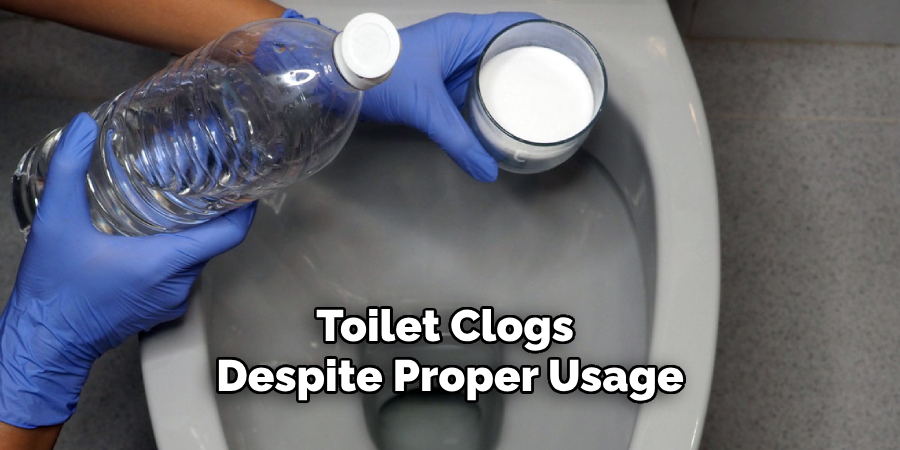
buildup, tree root intrusion, or structural issues that need immediate attention to prevent further damage.
Gurgling Sounds
Unusual noises, such as gurgling or bubbling sounds, are often caused by trapped air in the plumbing system. This air is typically forced out when water attempts to move around a blockage. These sounds clearly indicate that something obstructs your toilet drain and requires cleaning or professional inspection.
Tools and Materials Needed
Before tackling a clogged toilet, it’s essential to have the right tools and materials on hand to address the issue effectively. The following items are necessary for most situations:
- Toilet Plunger: A plunger with a flange is ideal for creating a strong seal and dislodging blockages.
- Drain Snake (Auger): Useful for breaking up deeper clogs within the drainpipe.
- Bucket: Handy for holding water when clearing a blockage causes overflow.
- Baking Soda and Vinegar: A natural, eco-friendly combination for dissolving minor clogs.
- Hot Water: Helps loosen grease and debris buildup when used with other methods.
- Rubber Gloves: Protect your hands when dealing with unsanitary conditions.
For more challenging clogs, optional tools can be highly beneficial, such as enzymatic drain cleaners, which break down organic waste, and a wet/dry vacuum, which helps extract stubborn blockages. These tools can make the process easier and more efficient.
How to Clean Toilet Drains: DIY Methods to Clean Toilet Drains
If you’re dealing with a clogged toilet, you can try several do-it-yourself (DIY) methods before calling a professional. Below are four effective step-by-step approaches to help you resolve the issue quickly and easily.
Using a Plunger
A plunger is one of the most common tools for addressing clogs. Follow these steps to use it effectively:
- Ensure enough water is in the toilet bowl to cover the plunger’s rubber end. If not, add water until it’s fully submerged.
- Position the plunger’s flange directly over the toilet’s drain, ensuring it creates a tight seal.
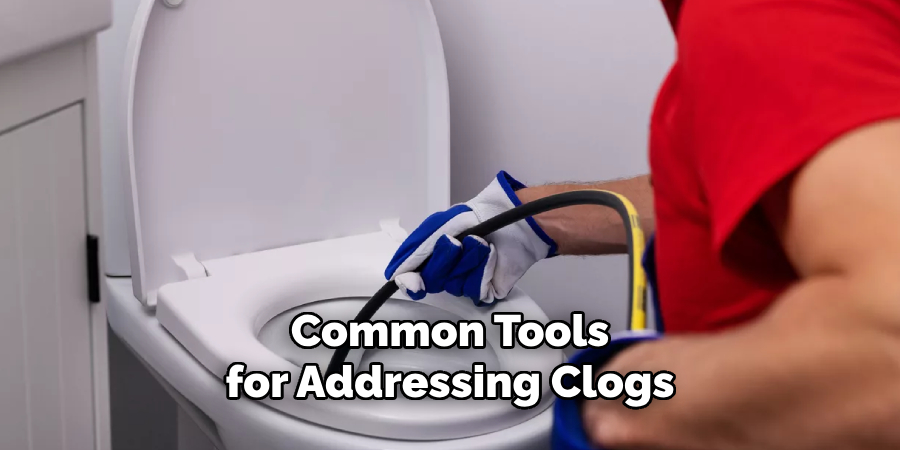
- Push the plunger down gently at first to prevent water from splashing, then apply firm and consistent pressure to create suction.
- Perform several up-and-down motions without breaking the seal, then sharply pull the plunger away to loosen the blockage.
- Repeat this process as needed until the water drains freely.
Tips for Effective Plunging:
- Apply steady and consistent pressure for the best results.
- Use a flange-style plunger for an improved seal on toilet drains.
- Avoid excessive force to prevent damage to the plumbing system.
Baking Soda and Vinegar Solution
This natural and eco-friendly method can work wonders for dissolving minor clogs and odors. Here’s how to use it:
- Start by pouring one cup of baking soda directly into the toilet bowl.
- Carefully add one to two cups of vinegar, which will react with the baking soda to create a fizzing action.
- Allow the mixture to sit and fizz for at least 30 minutes. For stubborn clogs, you can leave it for an hour.
- After the required time, pour a few cups of hot water (but not boiling) into the toilet and allow it to flush through.
This method works best for soft blockages and can deodorize while clearing the clog.
Hot Water Flush
Often underestimated, hot water alone can be an effective tool for soft clogs. Here’s how to do it:
- Heat two to three gallons of water on the stove, ensuring it’s hot but not boiling (boiling water can crack porcelain).
- Slowly pour the hot water directly into the toilet bowl from waist height to create pressure and help push the clog.
- Allow a few minutes for the water to loosen grease or debris, then attempt flushing the toilet.
This can be especially useful when combined with other methods, such as the baking soda and vinegar solution.
Drain Snake Technique
For more stubborn clogs located deeper in the drainage system, a drain snake (or auger) can be used:
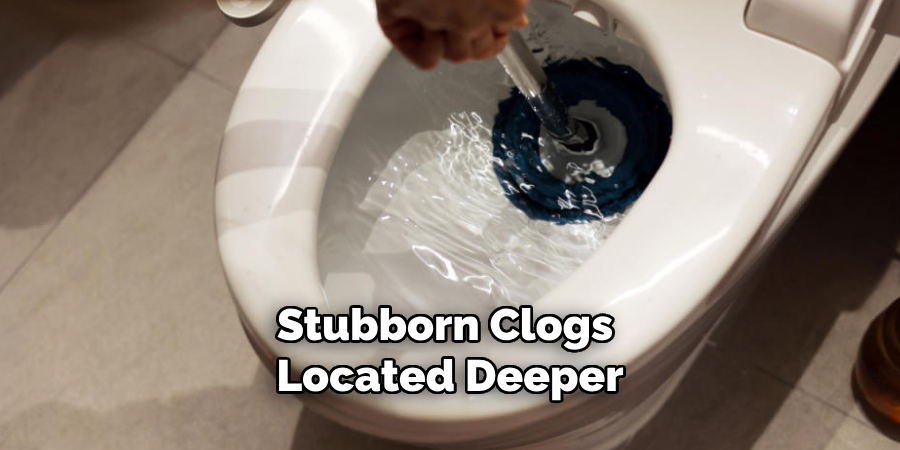
- Insert the end of the drain snake into the toilet drain, gently turning the handle as you feed it further down the pipe.
- Once you feel resistance, rotate the snake to break up the clog or tangle it for removal.
- Slowly retract the drain snake, pulling out any debris lodged in its coil.
- Rinse the snake thoroughly after use and repeat the process if necessary.
Important Notes:
- Be gentle to avoid scratching or damaging the toilet or pipes.
- If you don’t have a drain snake, a makeshift wire hanger (with a padded tip) can sometimes work in a pinch.
By trying these DIY methods, you can often handle clogs independently while saving time and money. For persistent clogs, however, seeking professional assistance may be necessary.
Using Enzymatic Cleaners for Preventative Maintenance
Enzymatic drain cleaners are excellent for maintaining a clog-free toilet and drainage system. These cleaners use natural bacteria and enzymes to break down organic waste, such as hair, grease, and other debris. Unlike harsh chemical solutions, enzymatic cleaners are eco-friendly, non-toxic, and safe for both your household and septic systems.
To use an enzymatic cleaner, follow the manufacturer’s directions, which typically involve pouring a measured amount of the product into the toilet or drain and leaving it undisturbed for several hours or overnight.
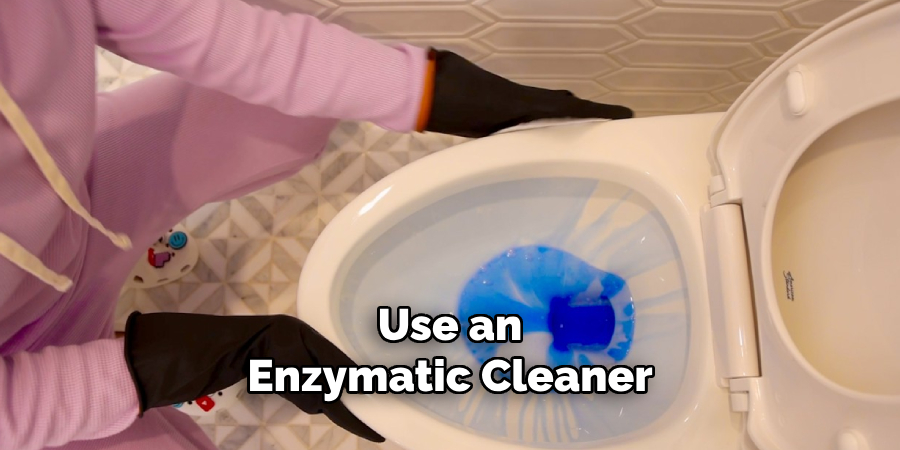
This allows the enzymes sufficient time to break down the waste. For best results, apply the cleaner regularly—monthly or bi-weekly—as part of your preventative maintenance routine.
Enzymatic cleaners help keep your drains clear and promote healthier plumbing by reducing the buildup of harmful residues. Their environmentally conscious formula makes them an ideal choice for sustainable home care.
Avoiding Common Mistakes
Proper care and mindful practices are essential for maintaining a healthy plumbing system. Avoiding common mistakes can save you from costly damage and repairs in the long run.
Avoid Using Chemical Drain Cleaners
Harsh chemical drain cleaners may seem like a quick fix for clogs, but they can cause significant damage to your pipes over time. These products often create heat during reactions, weakening pipe materials, especially older or PVC pipes. Furthermore, the toxic chemicals can harm the environment when they enter waterways. Opt for safer solutions, such as enzymatic drain cleaners, to preserve your plumbing and reduce environmental impact.
Don’t Flush Improper Items
Toilets are designed to handle only human waste and toilet paper—flushing anything else can lead to serious blockages. Items like wet wipes (even those labeled “flushable”), feminine hygiene products, cotton balls, or excessive toilet paper can easily clog pipes. These materials do not break down as easily as toilet paper and may accumulate in your plumbing or sewer systems, causing severe backups.
Overusing Force
When encountering a clog, using too much force with a plunger or drain snake can crack pipes or loosen seals. Aggressive plunging can also drive a clog deeper into the system, making removing it even harder. Approach blockages carefully and use tools properly to avoid unnecessary damage. When in doubt, consult a professional plumber for assistance.
When to Call a Professional
There are times when DIY methods are not enough to resolve plumbing problems. Persistent clogs, foul odors, or water backups that continue despite repeated attempts to clear them typically require professional intervention. Hiring a licensed plumber brings the advantage of using advanced tools like hydro-jetting to clear stubborn blockages or video
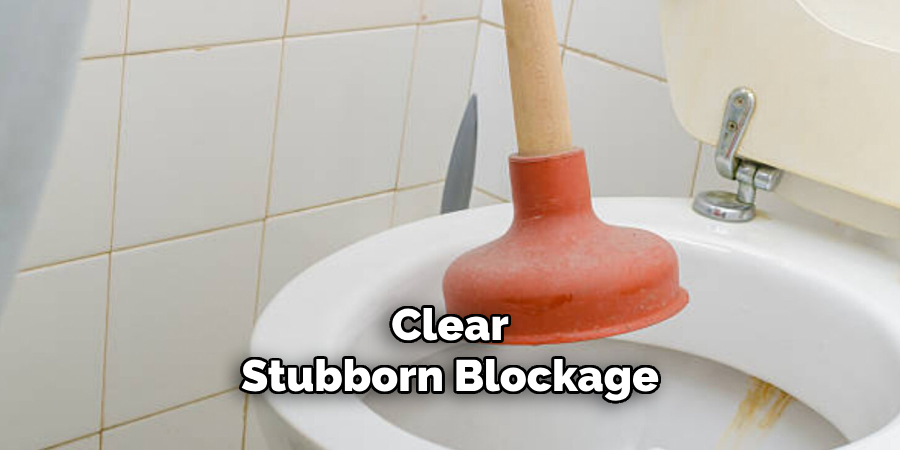
inspections to identify hidden issues within pipes. If you experience recurring problems, it may signal structural damage or more extensive issues that need expert assessment. A professional can provide long-term solutions and prevent further damage, saving you time, stress, and potential repair costs in the future.
Preventative Tips for Keeping Toilet Drains Clean
Regular Maintenance
Consistent upkeep is key to preventing clogs and maintaining the efficiency of your toilet drains. Incorporate a simple cleaning routine by using mild, eco-friendly cleaners like baking soda and vinegar weekly or monthly. These natural solutions help break down residue, deodorize, and keep your pipes clear without causing damage. Avoid harsh chemical cleaners, as they can corrode pipes over time and lead to costly repairs.
Proper Flushing Habits
Adopting good flushing practices is crucial to keeping your toilet in optimal condition. Only flush items that are specifically designed to be toilet-safe, such as human waste and toilet paper. Avoid flushing non-degradable materials like wipes, cotton balls, dental floss, or sanitary items, as these can accumulate and create stubborn blockages in your drains. Always educate household members, especially children, about these habits to prevent accidental clogs.
Inspect and Address Issues Early
Be proactive in monitoring your toilet for signs of trouble. Periodically inspect for slow drainage, gurgling sounds, or minor blockages. Address these issues promptly using safe tools, such as a plunger, to prevent them from escalating into more severe problems. Early intervention can save time, money, and hassle in the long run.
Conclusion
Maintaining clean toilet drains is essential for a functional and odor-free bathroom. Adopting simple DIY methods and preventative maintenance allows you to avoid costly repairs while keeping your plumbing system in excellent condition. Knowing “how to clean toilet drains” with safe tools and non-harmful products ensures effective results and promotes long-term efficiency. Acting promptly to address early signs of clogs or drainage issues prevents small problems from becoming larger headaches. You can enjoy a seamless and trouble-free bathroom experience for years by taking responsible measures and fostering good habits.
